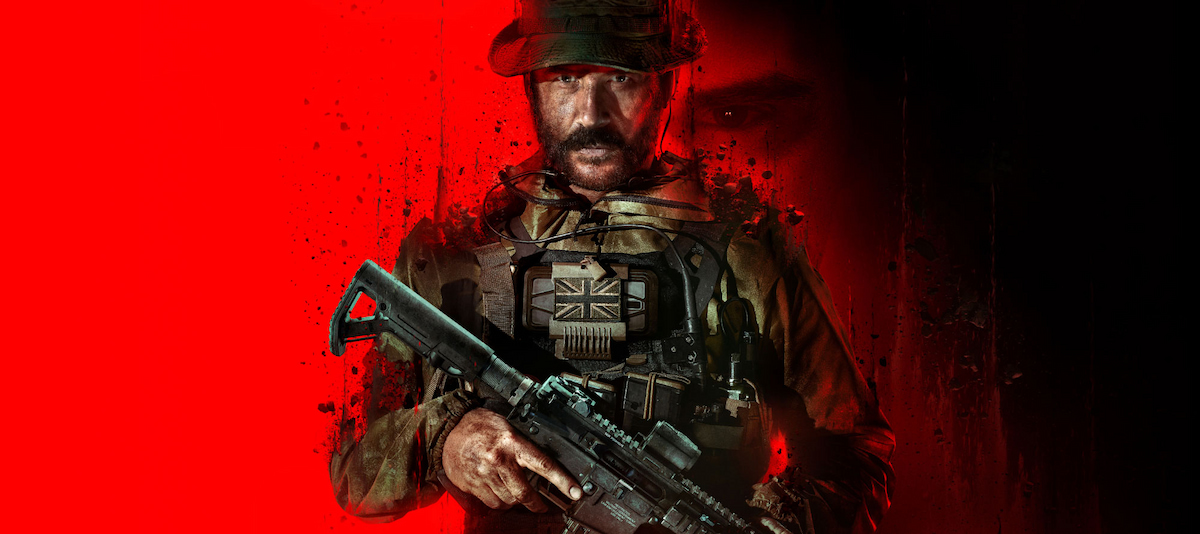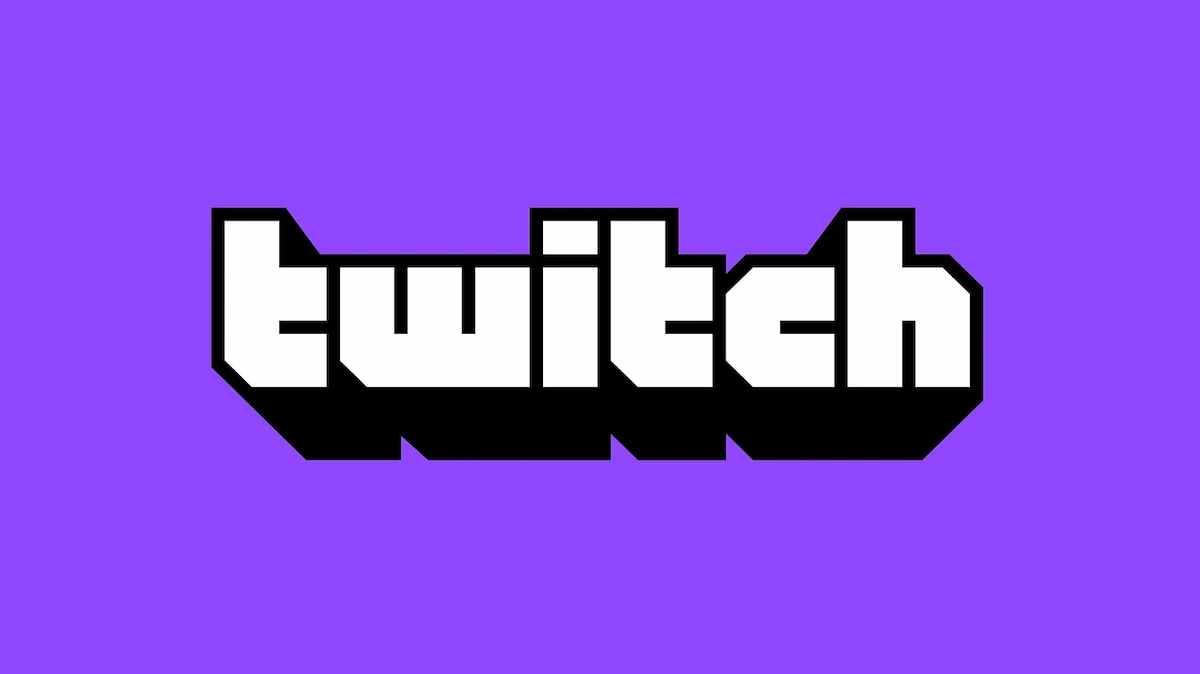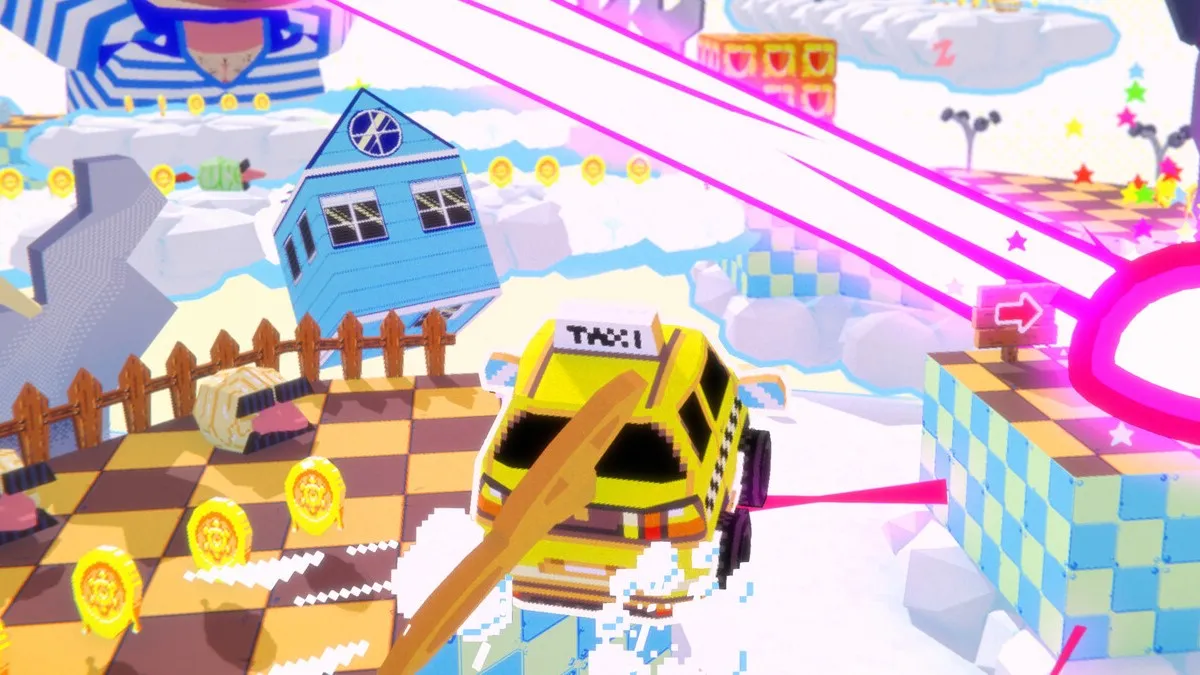We’re huge fans of multiplayer indie games here at Prima. One that recently caught our eye is called Bludgeon. In Bludgeon, you play as a warrior who battles on the back of a large bird.
Armed with a flail, you’ll attempt to swat and whack your foes into map hazards all while avoiding those map hazards yourself. From what we’ve seen of the game so far, Bludgeon looks like it’s shaping up to be an absolute blast.
Not only does Bludgeon look like a fun, must-play multiplayer game, it’s also being developed by one person. Curious about where the idea behind Bludgeon came from and what the development process on the game has been like, we reached out to the game’s solo developer, who answered all of our questions in depth.
To learn more about Bludgeon and why it’s a game you should keep on your radar (and add to your Steam wishlist), read on for our full interview with Cole Cecil of Meticulous Monster!
Bludgeon | Interview With Cole Cecil of Meticulous Monster

What inspired you to create Bludgeon, and did the idea come to you all at once or was it something that you gradually pieced together?
In December 2015, my local game development meetup was hosting a month-long game jam and the theme was “sports which could never exist”. I was a bit disappointed in the theme at first because I’m not really into sports, but then I realized I could make a game about combat sports, which seemed more interesting to me.
The first thing that came to mind was Joust, and I decided I wanted to make a game with similar movement mechanics but a totally different way of fighting. I thought using a medieval flail as a weapon could make for an interesting control scheme and fun combat, so I went with that idea.
I was pretty happy with how the game jam version of Bludgeon turned out – you can find the original game jam version here on Itch if you’re interested in checking it out – but I wasn’t really sure if it was fun enough to turn into something I’d feel good about selling.
At the time, I was starting to get more serious about game development and wanted to make my first commercial game. I took a break from game development for several months (I needed some rest after working really hard on Bludgeon during that month-long game jam!).
During that time, I ended up getting some ideas for how to improve Bludgeon’s controls and mechanics to make it more fun. My local game development meetup announced an indie game showcase event they were going to host that August, so I decided to implement my new ideas and show my game there.
When the time came to show my game at the event, I was a bit nervous people wouldn’t like it. But a lot of people ended up stopping by my booth to play it, and they were having a great time. It was really rewarding and inspiring to see people having fun playing my game together.
This is what really made me decide I wanted to keep working on Bludgeon and make it into the best game I could. At that point, I had most of the ideas for the core gameplay pieced together, though I did come up with a few changes I made to it later.
Most of the remaining work, however, involved stuff like making the game look nicer, adding menus and options, creating different characters, creating different stages, and writing music (all of this is a lot of work, and I’m still working on it).

Is Bludgeon your first game, and have there been any challenges in developing a game like Bludgeon?
Bludgeon isn’t the first game I’ve made, but it’s the first one I feel is of a high enough quality that I’m comfortable with selling it. I began learning to make games after I took my first programming course in college, around 15 years ago.
I started out by making a Yahtzee clone, and then I made a couple simple arcade-style games after that. I then took a break from game development for several years when I was starting my career as a web developer and getting my master’s degree in computer science.
But the dream of making games never left me, and I decided to get back into it and get more serious about it. As for challenges in developing Bludgeon, I think most of the big challenges have come from my decision to make the game completely by myself.
Part of the reason I decided this is because I like wearing multiple hats (figurative hats, not literal ones), but I think another reason is I wanted to prove to myself that I could do it. An obvious challenge in making a multiplayer game by yourself is that it’s designed for multiple people to play at the same time, but you need to test it somehow.
I was able to work around this early on, though, by creating a very simple AI to play against. I do still need to see real people play the game sometimes in order to test things from a design perspective, but playing against the AI suffices most of the time, like when I’m testing whether new features function properly.

Another challenge of making the game by myself is that while I have a strong programming background, I’m not as experienced in creating art and music. Because of this, I’ve had to spend a lot of time learning and practicing these things, which has extended the development time (but it’s also been a lot of fun!).
I actually had zero experience making music before I worked on Bludgeon. I wasn’t sure if I could do it, but I decided to try it, and it worked out! Another challenge in making a game like Bludgeon (and probably also lots of other types of games) is balancing all the different things that affect gameplay.
Some examples from Bludgeon are things like how fast characters accelerate (downward, upward, and horizontally), the characters’ maximum speed, the minimum/maximum knockback speed, the minimum/maximum stun time, the length of the chain on flails, and how long you have to wait between putting your weapon away and taking it out again.
Tweaking these types of values can vastly change how the game feels to play. Also, if you tweak some values, that can affect what settings make sense for other values. So you kind of just have to do a lot of guessing and trial and error until it feels right.
And there’s not really a concrete definition of “right” – that’s also guesswork. Fortunately, I think I got through most of this type of stuff towards the beginning of Bludgeon development.
How many players does Bludgeon’s multiplayer support? Will it offer local and online multiplayer modes?
Bludgeon supports up to 4 players. It doesn’t have an online mode built in, but there are still good ways to play it online. You can do this either using Steam’s Remote Play Together feature or using a different application called Parsec.
It’s great that these types of things exist today, because it means I can spend more time making Bludgeon a better game, rather than spending that time figuring out how to write good networking code (which is really complicated).

What sort of combat can players expect in Bludgeon, does the game have a learning curve?
Bludgeon consists of quick, frantic battles where you’re trying to be the last one to survive. The combat is all about swinging and throwing your flail in order to knock enemies into environmental hazards.
Weapons don’t actually hurt players – they just send them flying. The only way to die in the game is by colliding with one of the hazards, such as the spikes surrounding the dungeon stage. You can also use your weapon to block attacks, which adds a lot of depth to the gameplay.
The game does have a learning curve, but the vast majority of people I’ve watched play it have been able to start picking up on it after a few quick rounds. The main thing that’s tricky at first is the fact that you can’t change direction while you have your weapon out.
You normally use your controller’s left analog stick to move your character left or right, but when you take out your weapon, the analog stick instead controls the flail’s position (the flail basically follows the location of the analog stick).
The reason I made it work this way is because I was thinking about the game’s design from a risk/reward perspective. In order to get the reward of sending your opponent flying to their death, you need to take the risk of losing control of your flight path a little bit while you swing your weapon.
This gets really exciting when both you and a competitor are close to a hazard, and you’re both frantically trying to knock the other person into it while avoiding it yourself.

Are there map hazards that players will need to keep an eye out for in addition to enemy players?
Yep – as I mentioned, the environmental hazards are the only things that actually kill you in the game (though your fellow players will speed up the process by knocking you into them). Each stage will have different hazards that fit with the theme of the environment. For instance, the dungeon stage has spikes, the volcano stage will have lava eruptions, etc.
How many stages and modes have you created for Bludgeon, and out of them, which ones are your favorites?
When I release the game, there will be five stages to choose from: a dungeon stage, a volcano stage, a mountain stage, a forest stage, and a graveyard stage. The only stage I’ve finished creating so far is the dungeon stage – the others will be created as I get closer to releasing Bludgeon.
So I don’t have favorites so far, but I guess I’ll find out after I finish the others! Even though I haven’t created all the stages yet, I have created a world map screen that shows a view of the entire island where all the stages are located. This was a lot of fun to create, and was inspired by world maps from games like Yoshi’s Island.
I’ve had a lot of fun imagining what the world of Bludgeon would look like, and I’m looking forward to doing more of that imagining as I design the details of the remaining stages. As for game modes, in addition to the main one, I’m also planning on adding a team mode. In this mode, one person would control the flight of the bird, while the other controls the knight with the weapon.

Adding to that question, are there different character designs in Bludgeon for players to choose from?
Yes! As of now, I have four different characters: the Knight, the Myconid, the Werecat, and the Lich. I might add others later if I have time.

What about character customization, can players tweak the way their characters look in Bludgeon?
I was thinking about the possibility of having different-looking birds and weapons to choose from in addition to the different characters, and possibly being able to mix and match them. But I’m not sure if I’ll end up having time to implement this feature.
One of the tough things about making a game is, unfortunately, having to sometimes drop features because of time constraints (even if they would be really cool). I have to face the fact that if I want to finish making the game sometime soon, I have to prioritize things.
Have you tested Bludgeon out during its development by playing it with friends and/or family? If so, what was their reaction to the game?
Yes, I’ve been able to do quite a bit of playtesting throughout the development process. I’ve played it with friends and family, and I’ve also had several opportunities to take it to local video game events and have strangers play it.
Watching people play my game has been the most exciting part of the development process for me by far. It’s so rewarding to see people laughing and having fun playing Bludgeon together – this is the whole reason I’m making it! Watching people enjoy Bludgeon also helps keep me motivated to finish making it.
Playtesting is a really important part of game development, and this is why I’ve made sure to do it throughout the process. Designing a game involves a lot of guessing what you think will be fun, but you have to have people play it before you find out whether it’s actually fun.
Playtesting can also find issues with how the game teaches itself to players, so that’s why it’s important to have people play it who aren’t familiar with the game. You don’t want people who buy your game getting stuck figuring out how to play. It’s also important to have strangers playtest your game instead of just friends and family.
Because they don’t have a relationship with you, they’re more likely to tell you what they really think instead of trying to make you feel good.

If you had to give a new player tips, what sort of approach would you recommend when it comes to getting started in Bludgeon?
There’s an interactive tutorial in the game, so that’s a great place to start! It will walk you through the process of playing Bludgeon step-by-step, and it even allows for multiple people going through the tutorial at the same time. After that, just give it a go.
Don’t worry if it doesn’t quite click at first – you’ll get it over time. Also, if you’ve got it figured out but another player doesn’t yet, help them out! One of the things I’ve really enjoyed while showing the game at different events is watching one person figure out how it works and then excitedly explain it to others.
Is there a release window you’re targeting for Bludgeon, and what platforms are you planning to release the game on?
I’m planning to release Bludgeon on Steam and Itch. I’m hoping to finish it around the end of 2021, but there’s a decent chance I might have to push it back until next year. I have a good amount of work left to do, and because I’m just working on it during my free time outside my full time job, that can make it hard to estimate how much progress I’ll make in a given amount of time. My mental health is really important to me, too, so I also make sure to take breaks when needed and not overwork myself.
Finally, where can gamers go to follow the game’s development and potentially offer support?
Here are some things you can do to learn more about Bludgeon’s development and support me:
- Wishlist Bludgeon on Steam! I also post progress updates on there from time to time.
- Sign up for the mailing list on my website, where I’ll provide occasional updates.
- Follow me on Twitter. I post updates about Bludgeon there, and it would also be fun for fans of the game to keep in contact.
- If you like Bludgeon, tell your friends about it! One of the hardest parts of being an indie developer is figuring out how to make people aware your game exists, so this is a huge help.
- I’m planning on making an early version of Bludgeon available for playtesting on Itch sometime in the near future. If you’re interested in that, I’ll be announcing it on my mailing list and on Twitter when it’s available.
A huge “thank you” to Cole Cecil of Meticulous Monster for doing an interview with us, we’ve come away from it with a greater understanding of what the game is and what the development process behind it has been like.
We’re looking forward to following the game’s development updates, and we can’t wait to play Bludgeon once it’s released.
As noted in the response to our last question, don’t forget to wishlist Bludgeon on Steam, follow Cole Cecil on Twitter, and sign up for the mailing list on the Meticulous Monster website!




